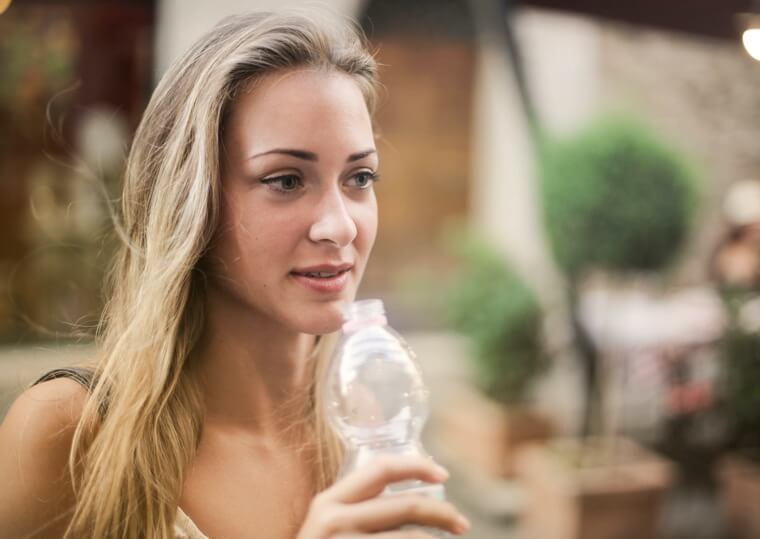The Details
Whether you’re looking to shrink your carbon footprint or enhance your garden - composting is a great way to throw less waste in landfills and yield rich, fertile soil. This win-win solution might sound a little tricky, but creating a home compost can be quite quick and easy (if you have the space!) In just a few steps, you’ll be ready to begin composting right in your own backyard.
Composting at Home in 5 Steps
1. Find Your Storage Bin
To make composting a habit, it has to be convenient. One of the best ways to achieve this is by designating a bin to collect scraps before they go outside to be composted. Most likely, you will be collecting kitchen scraps - fruit peels, vegetable trimmings, and eggshells - so having a receptacle nearby will be very helpful!
There are dozens of bins that would be excellent for a countertop compost. Be mindful to look for a bin with a lid to trap odors. A metal or ceramic container works well. Look for one that is between 1-4 gallons, which is just the right size to store on the counter or in a cabinet and will be light enough to easily carry outside to your large compost pile.
To make cleaning a breeze and taking out the compost super easy, use a bin liner that is TUV-Certified Home Compostable, like HoldOn 4-Gallon Compostable Trash Bags. Since these bags are TUV-Certified, you can tie and toss them directly into the compost bin. They will break down in a matter of weeks in a home compost environment.
2. Create a Designated Compost Pile
Decide where you would like to create your outdoor compost space. An area that is shady is ideal, as this keeps compost material dark and moist. You should also be aware that composting can generate some odor - so you will want a compost space away from doors and windows, so that the smell doesn’t waft inside your home.
You can set a compost pile right on the ground or use a compost barrel that can be turned to aid in decomposition. Either are effective modes of composting at home!
3. Lay the Foundation
Aeration is essential for decomposition. Using twigs or straw on the bottom of your compost will help increase airflow. Turn occasionally to keep your pile loose and aerated.

4. Identify What to Compost
Knowing what is compostable and what’s not is critical to a successful home compost. A good rule of thumb is that organic materials - those that come from the earth - are compostable. Here’s a quick breakdown of common compostable goods:
-Kitchen Scraps: produce trimmings, fruit and vegetable peels, rinds, nuts and seeds, dried eggshells, coffee grounds, and tea leaves.
-Lawn Waste: tree clippings, hay, straw, and flowers.
-Household Paper: shredded paper or cardboard, newspaper, and HoldOn Bags.
If you’re unsure about what’s okay to compost at home, look for the TUV Home Compostable Certification.
5. Turn Occasionally
Moving your compost pile around occasionally by turning the barrel or using a rake to flip the materials will help to aerate materials and compost more evenly.
* Find a Composting Service Near You
If you live in an area where composting outside your home is not an option, or it doesn’t make sense for your lifestyle, you may want to consider enrolling in a commercial composting service. These convenient services will come to your home and pick up your compostable waste just like a trash pick up service and bring it to an industrial composting facility.
To find a composting service, first check with your municipal government. Many towns and counties have begun offering compost pick up along with trash and recycling. You may have to register for compost pick up through your town, but the process is straightforward and can usually be done in a few clicks online!
If your area doesn’t offer composting services, you may need to find an external service to pick up your compostable goods. There are several online resources to help locate composting services in your neighborhood - try sites like FindAComposter or CompostNow to locate options in your area and get quotes on pricing for compost pick up.
In addition to pick up services, many farms accept compost waste. Inquire with farms near you and see if they would be interested in your compost, which will help them to create rich soil that is valuable for harvesting plants.





